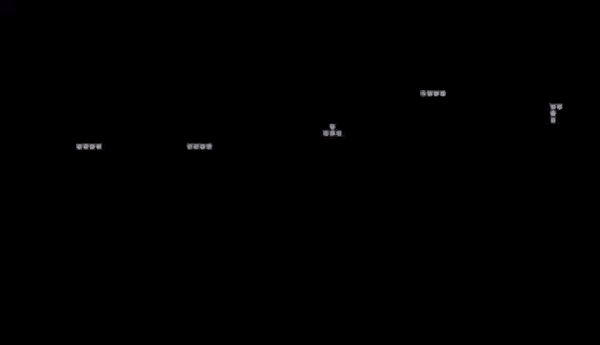Sentient Rock
Studio Theodore Spyropoulos
Tutors Apostolos Despotidis, Octavian Mihai Gheorghiu, Hanjun Kim
Team Deeksha Basawaraj, Le Lyu, Ziwei Guo, Waner Zhou
The contradictions between humans and nature developed to date appear to be cumulative. Many architectural projects deepen such confrontations instead of solving them. Contemporary developments in the perception of nature have shown that the unequal relationship between humans, other species and the natural environment, should have been seen as false. Since the inception of the information age in the WWII there has been a deeper understanding of information feedback systems, which is what our project – Sentient Rock – endeavours to capitalise on.
The concept of second order feedback helped our project recognise the ability of architecture to take the lead in the new age of the big machine. In current times - people, other life forms and the physical environment, all exist within the same second order feedback system. In this way, we as architects, have been given the ability to return to our original role as coordinators of these complex systems.
In the formation and the design of the living spaces, the involvement and feedback generated by the fundamental natural elements such as soil, air, water and fire, allows resulting spaces to retain close connection to their natural origin. At the same time, they are built to support all life forms, and not solely human inhabitation.
Sentient Rock propels architecture into the age of the great machine, ranging from purely frozen art to a dynamic and sustainable building that acts and corrects itself in the temporal dimension.
We interpret Sentient Rock as the CPU of the physical world, which coordinates information between the various interacting ends. The project relies on the existing desert environment, using the prototype as an active agent and material reorganisation to achieve a substantial degree of reconciliation with the extremely harsh physical conditions of the desert environment
Sentient Rock offers the desert for an alternative inhabitation of human settlement and at the same time, importantly, is sustainable with readily available materials, high energy efficiency, and self-generating energy capabilities which can support long term desert life.






![[ Physical model with inflation ] _edited.jpg](https://images.squarespace-cdn.com/content/v1/591b31521b631bdbbb6ef16b/1673215836877-B1SQGPFZQOW75TRPYDT6/%5B+Physical+model+with+inflation+%5D+_edited.jpg)




![[ Section Sequence ].png](https://images.squarespace-cdn.com/content/v1/591b31521b631bdbbb6ef16b/1673215926998-J0XBFC9T493W201D7TS6/%5B+Section+Sequence+%5D.png)


